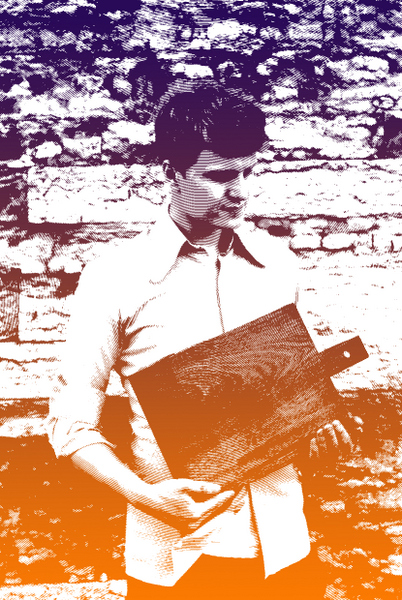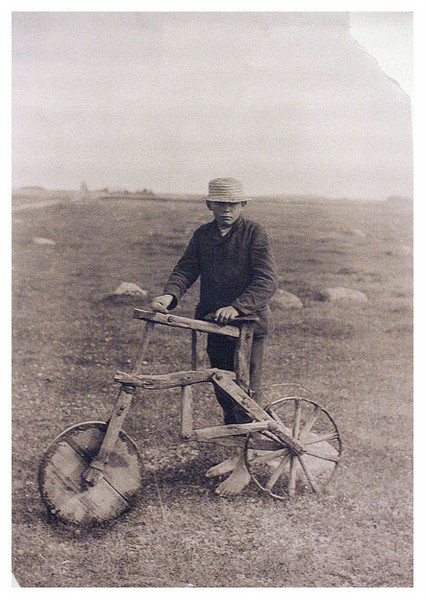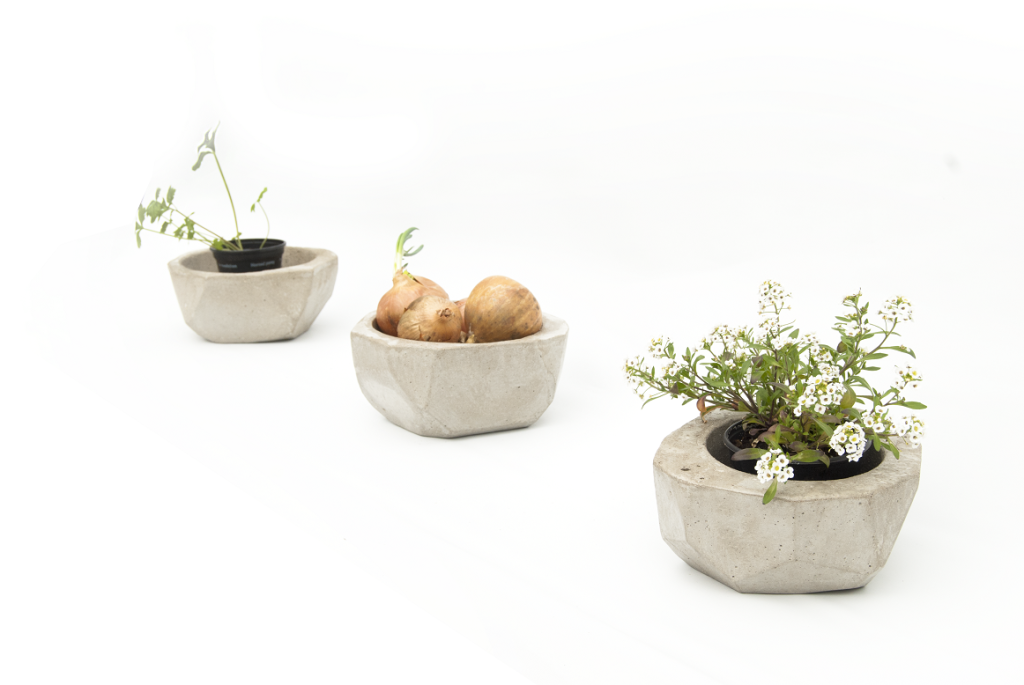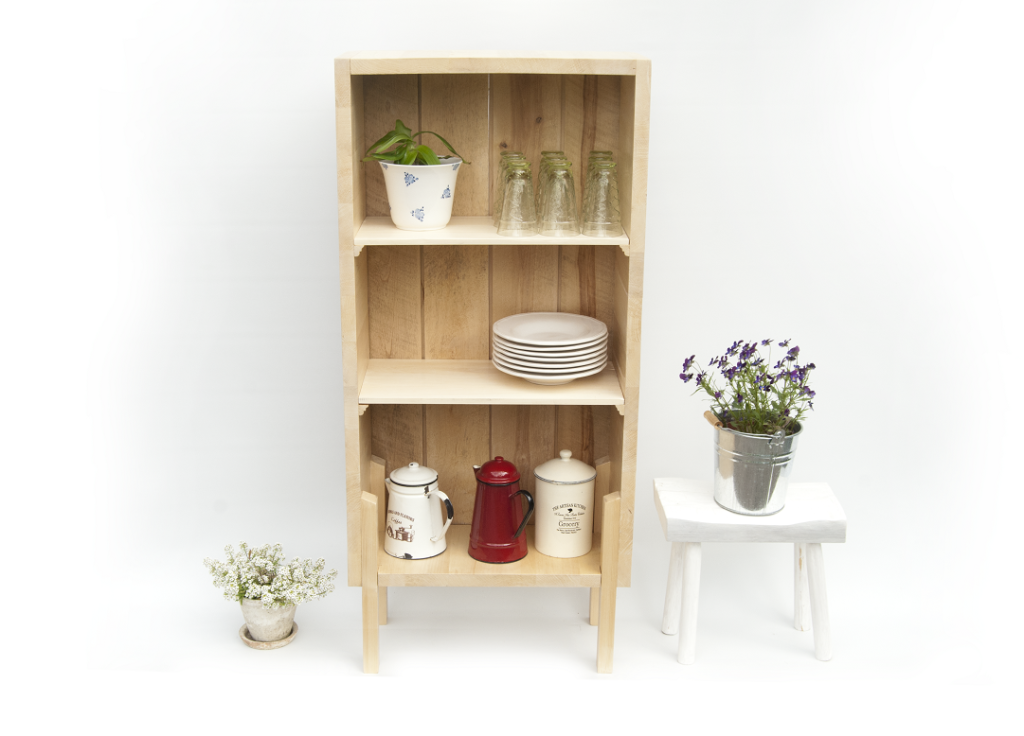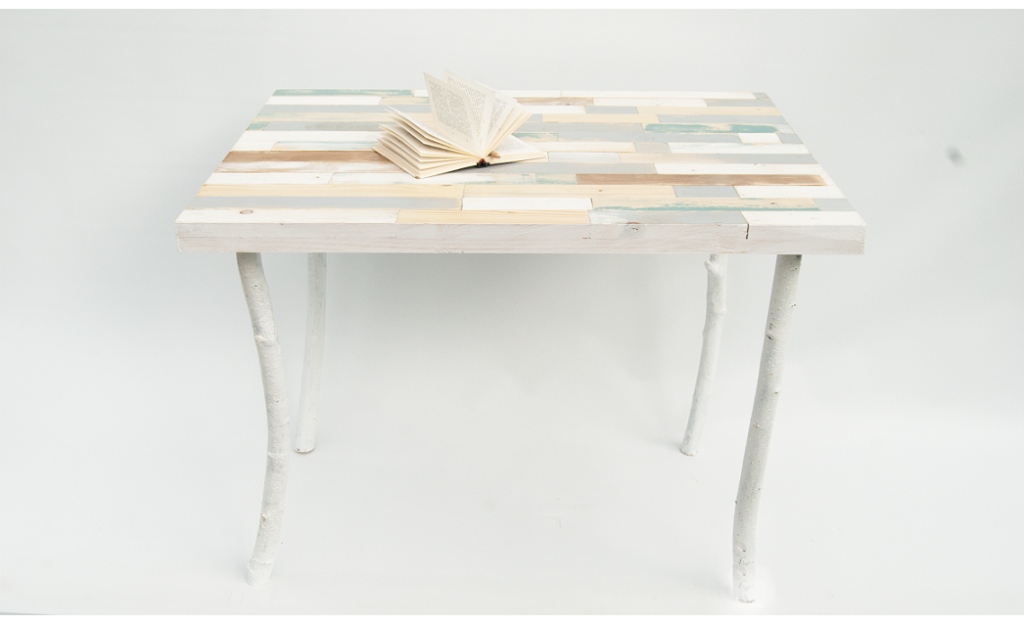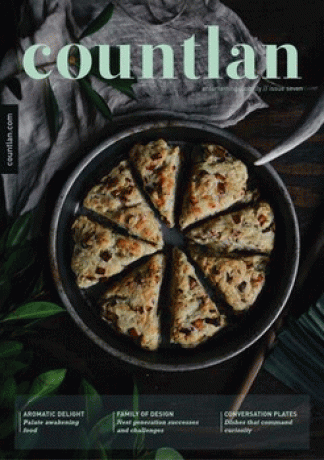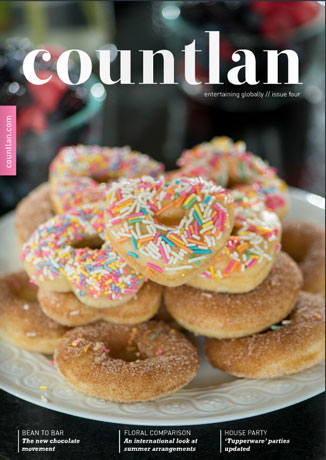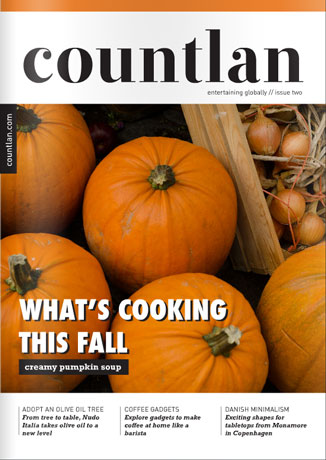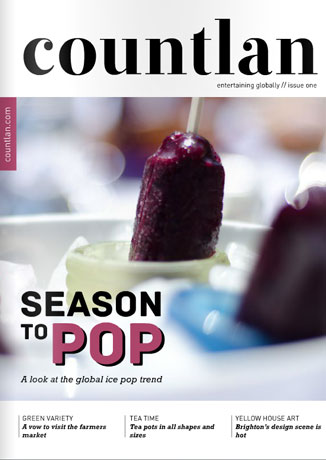
Sacred Oak
Issue 07
When over half the geography of a country is boreal forest, like it is in Estonia, one might expect wood to feature prominently in design. For Tallinn based designer-craftsman, Karl Taul, he set up a small workshop in the city and transformed his woodworking hobby into a profession. “The aesthetics of my work is grounded in the old Estonian peasant way of life, a style which is known for its simplicity, even naivety, but also playfulness” says Taul.
He remains flexible with his designs and letting the wood guide the end product, which he sells online at his shop, Malin. Karl’s preference is to work with local reclaimed wood (spruce and pine are common) and only uses oak, a tree with a sacred status in Estonia, for his cutting boards and salad forks.
“Despite the fact that oak would be the best wood to use in certain pieces, cutting down oak trees to make furniture does not feel right. Oak has a mythical status in Estonia. The trees are believed to be wise creatures and thus should be treated with respect.”
INTERVIEW: Karl Taul, Owner/Designer/Woodworker, Malin {Tallinn}
01 Where are you based?
I’m from a tiny European country called Estonia. The workshop is based in it’s capital – Tallinn. As Estonia is very rich in forest, woodcraft has always been a natural way of life here.
02 How did you get into woodworking and design in the first place?
I’ve been making wooden items for all kinds of needs since I was little. A couple of years ago I realised I wanted to make a living of it and enjoy the creative side of mine.
03 Can you describe the process involved with creating a new board?
Creating new cutting boards starts with sketching different designs on paper, just to see which shape has a good vibe and which doesn’t. I then choose the wood. I don’t stick 100% to the original plan but try to find a nice balance between the design and the specific piece of wood. It’s a very cognitive process. Sometimes I have an interesting piece of wood first and design something according to it. I finish the boards with sanding and a coat of bees-wax.
04 Why did you choose to design tableware and furniture?
These are things that make up the space we live in. I like people to live in more natural environments than just perfectly shaped boxes. These square environments signal your brain to be perfect. I think it’s OK not to be perfect.
05 What type of wood do you typically work with?
I try to use as much reclaimed wood as possible. The most common trees in Estonia are conifers, such as pine and spruce. There is a lot of birch too. We have oak, which would be the best to use, but oak has a somewhat mythical status in Estonia. Oak trees are believed to be wise creatures and thus should be treated with respect. Cutting down oak trees for furniture does not feel right. Yet, I do use oak for cutting boards and salad forks. I recently came across a big parquet factory, where they otherwise would just throw their “leftovers” into the furnace.
06 What is next for your company?
At the moment I’m further educating myself, both technically and business-wise. My studies take up a lot of time, but I’m working on some new designs. But more precisely, a new set of stools will be next.
07 How many people are on the Malin team?
At the moment it’s only me.
08 Do you ship internationally?
Malin has a webshop. As I only have two hands, all orders have to be arranged at malin.workshop@gmail.com. International shipping is available.
09 Do you entertain at home?
We do. Having people over is closely tied to the weather. In winter, when the temperature is -10 C for months on end, people enjoy the warmth of homes, friends and a hearty meal like meat, potatoes, bread, and blood pudding with lingon berries. In summer, everyone stays outdoors as much as possible. Barbecue and potato salad is a must. Easy-going way of laying the table. That`s where cutting boards of all sorts and shapes come handy for serving the food – salads, meat, cheese, bread…. Here in Estonia we say that bread is the “food” and everything else is just a side dish. To go back to what inspires me in design, I guess it’s the Estonian summers. I want my products to carry that lightness of being throughout the whole year.
10 Are there any unique/special cultural traditions related to inviting family or friends to your house in Tallinn that you can share with us?
Eating together unites, as it does everywhere else I suppose. Food wise, if the Italians boast with pasta, Estonians have potato salad. Everyone thinks their family makes the best. Potato salad is a part of any traditional party, birthday, wedding, funeral or Christmas. And you can’t have a meal without some black bread on the table. Otherwise having people over is rather relaxed. There are no rules to how a table should be covered or what the menu should consist of. Lots of bowls of food passed around and everyone choose whatever they like to eat.
